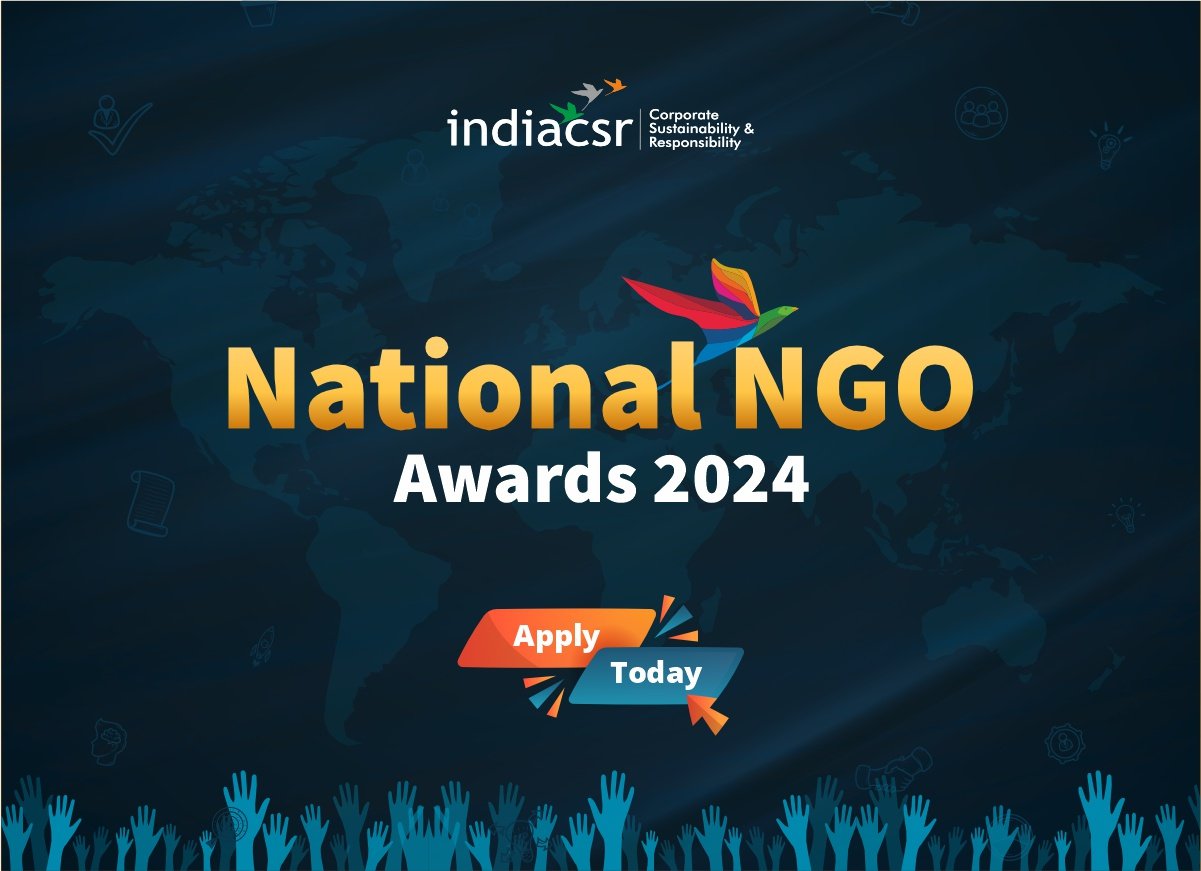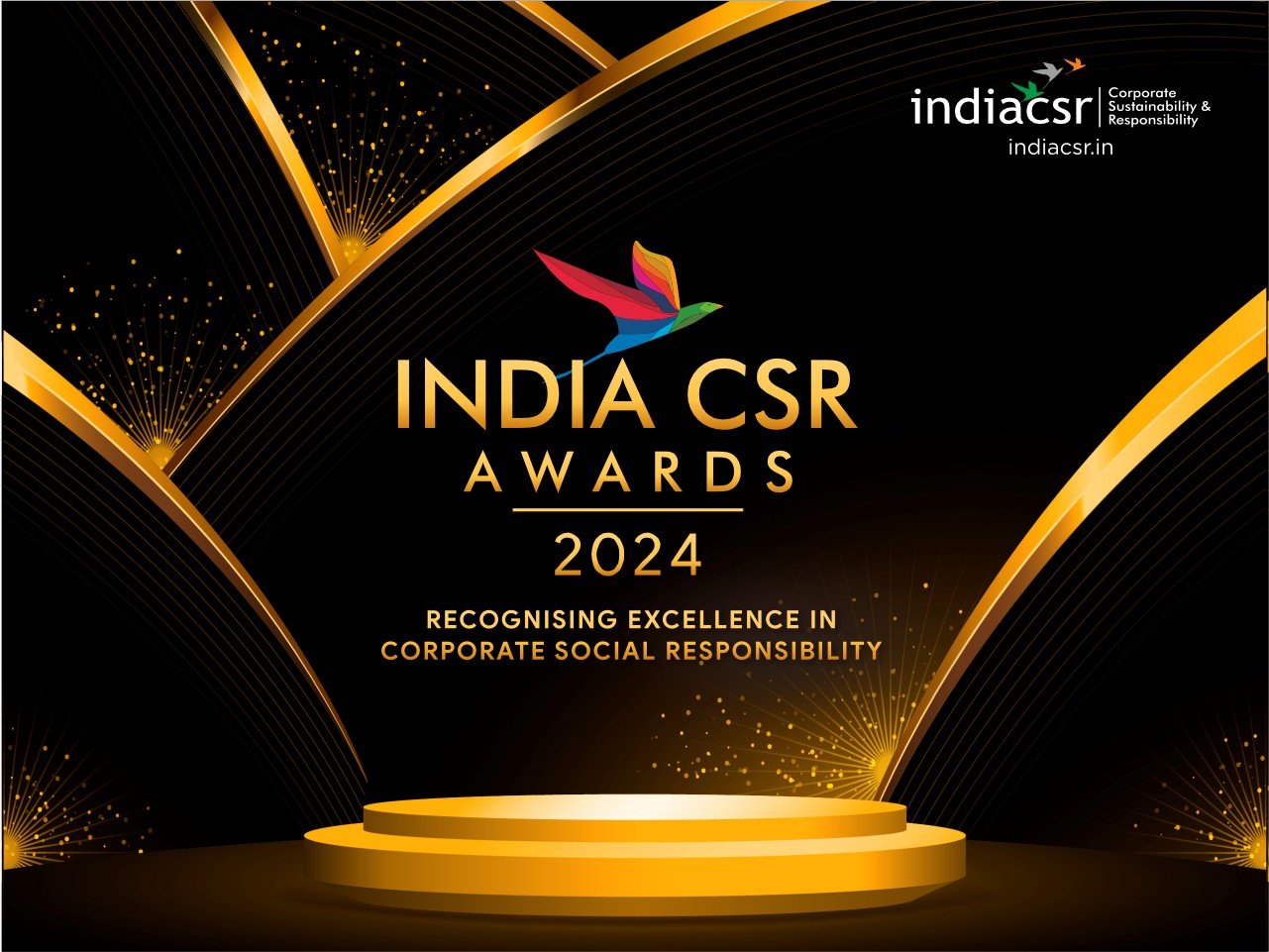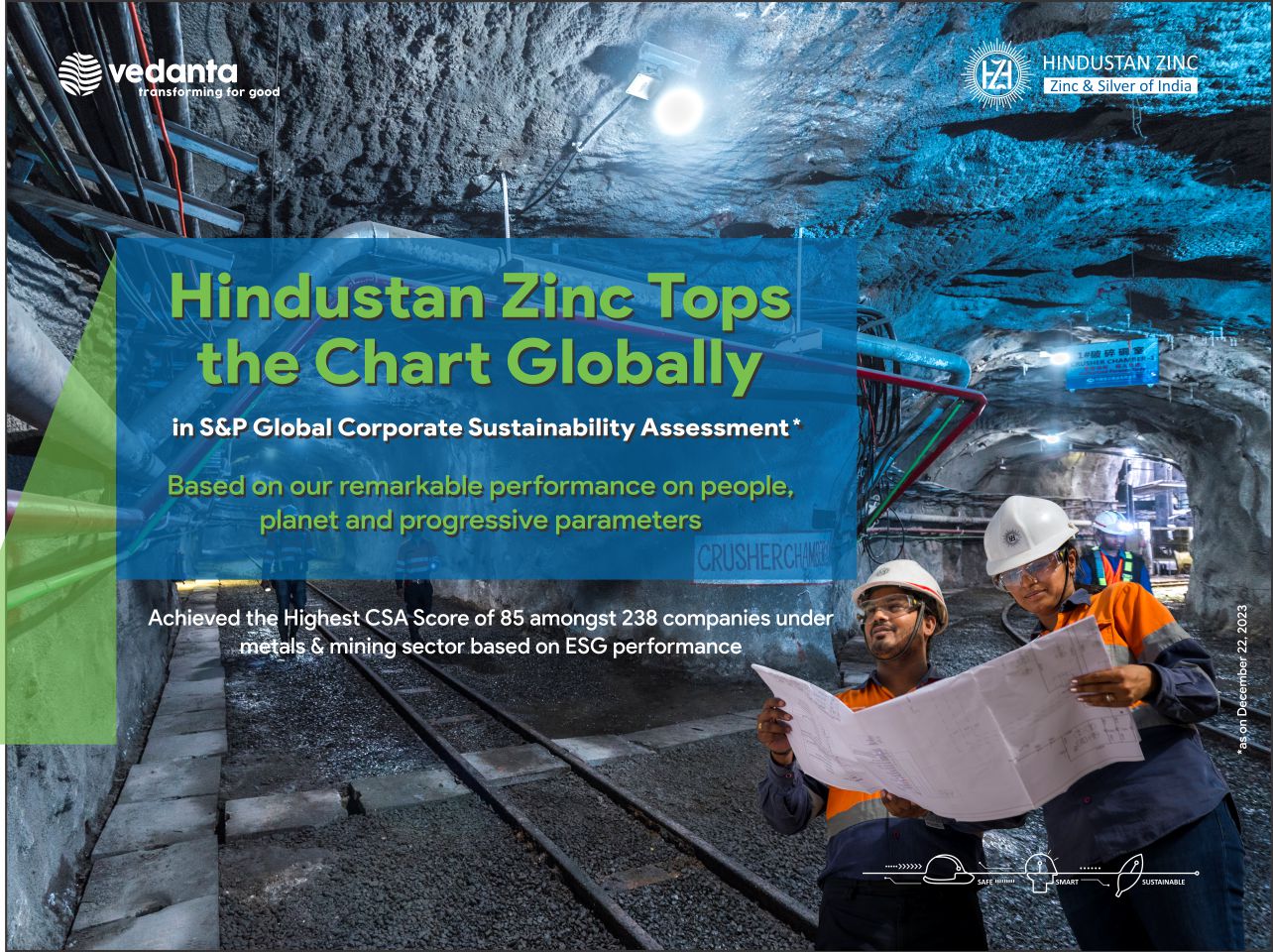Mumbai (India CSR): India’s total social sector funding has seen a 12% annual growth over the past five years. In fact, FY 2021 witnessed a sharp increase, with a 20% jump and most of this rise has been a result of increased government expenditure. However, gaps remain.
With the total supply of funds at an average 7% of GDP in recent years (8.3% in 2021, however), India is still short of NITI Aayog’s estimation of the total annual funds needed to achieve its UN SDG commitments by 2030.
The result is a deficit of INR 8 Lakh Cr. for FY 2021 and INR 10 Lakh Cr. for FY 2026, if the same trajectory continues, according to the India Philanthropy Report 2022 (IPR), co-created by Bain & Company and Dasra.

In addition, the Covid-19 pandemic has pushed more than 200 million Indians into poverty. With state finances negatively affected because of the pandemic and government debt increasing, the report elaborates on the importance of the full potential of private philanthropy to play a crucial role in bridging the gap. Private philanthropy can be expected to solve and fund India’s development problems by providing long-term capital for newer concepts and deeper focus areas if it realises its true potential.
Private-sector funding stems from two major sources: foreign and domestic philanthropists. Domestic philanthropists include corporations (corporate social responsibility and corporate trusts) and individuals. Domestic individuals can be further categorised into family philanthropy (ultra–high-net-worth individuals and HNIs) and retail, depending on their net wealth or income and donation amount.
The report calls out past trends for each of these funding sources indicating that overall private giving (domestic and foreign) has stayed relatively flat over the past few years. While private domestic giving has grown at a moderate pace of 8- to-10% year over year [YOY]), private foreign giving has contracted in FY2021. CSR has grown both in absolute terms and in its contribution to overall private giving. Retail giving – largely unorganised – has grown marginally and constitutes between 25 and 30% of total private domestic giving. Family philanthropic donations by the wealthy have declined in their total contribution to private giving but have the potential to grow over the next 5 years. CSR, family philanthropy and retail giving cumulatively contribute about 84% of the total private philanthropic capital in India and they will act as three strong pillars as we move ahead.

Total private philanthropic funding in India is estimated to grow at approximately 12% annually in the next 5 years, riding on robust growth in the three main segments: CSR, family philanthropy (UHNI and HNI), and retail. Within the context of the overall trends, the report delves deeper into these three major segments that are expected to lead India’s private philanthropy moving ahead.
It highlights the CSR mandate, which began in 2014 and remains one of a kind with India being the only country mandating that corporations fulfil their social responsibility. Riding on rapid economic growth, formalisation, and more companies coming under its umbrella, CSR contributions are expected to grow at 19% annually, with its share expected to reach about 32% of total private giving by FY 2026.
According to IPR 2021, family philanthropy holds a vital role in the giving landscape of India, which could generate an additional annual investible corpus of INR 60,000 to 100,000 crores for the non-profit sector. Data estimates in this edition of the IPR also show positive trends for family philanthropy which is expected to grow at a robust 12% to 14%, with both UHNI and HNI contributions blossoming.
With a disproportionate increase in wealth during the pandemic and a possible increase in relative giving (giving as a percentage of net wealth) as more tech entrepreneurs and NowGen philanthropists enter the fray, this cohort holds the potential to play a crucial role in meeting the country’s social sector fund requirement. But compared with other countries including China, the UK, and the United States, Indian HNIs donate substantially less across all wealth brackets.
This trend can change, however, especially with the rise of Indian start-ups and young tech entrepreneurs. UHNIs from the technology sector, in fact have donated more generously than other sectors, similar to what we noted in IPR 2021.
Unlike CSR and family philanthropy, retail donations are unorganised and not systemic in nature. They are often a result of emotional decisions and impulse action. Retail giving in India is expected to grow at approximately 10% annually and contribute one-fourth of total private giving by FY 2026. Over the past five years, crowdfunding platforms have disrupted this segment by offering greater accessibility, flexibility, and ease of payment to donors along with a substantially wider reach to individuals and charities raising money. Although India has shown progress, a massive opportunity remains to formalise the sector.
As we advance toward transforming India and propelling its growth story at the scale and pace needed, investing in India’s philanthropy infrastructure will be key to unlocking more equitable funding in the next decade. There exists a real opportunity to invest in and support different funder groups across CSR, family philanthropy, and retail giving.
CSR has the potential to be transformational in the short term—recent CSR mandates have opened the gateway to a larger, more predictable annual inflow of funds to the social sector. Additionally, the pandemic prompted a rise in retail giving and brought new donors into the ecosystem through online crowdfunding platforms.
While infrastructure to support micro-level and UHNIs continues to evolve, a high-potential segment that lacks a supportive ecosystem is HNI family philanthropists. This segment needs an enabling ecosystem of knowledge- vehicles networks—reliable, organised data and knowledge about sectors and organisations that can accelerate giving decisions.
NowGen givers are emerging as the promising torchbearers of Indian philanthropy. It is critical to provide hands-on support to this promising cohort so that they can spearhead India’s journey to achieve SDGs. In addition, Indian NGOs need to invest in institutional capabilities for more effective funder engagement and stronger feedback loops with funders. Therefore, making the case for more funders to adopt institutional funding within their grants.
Finally, all funder segments must be more knowledge led and flexible in their giving; they must engage with their grantee partners as equal stakeholders. Private philanthropy has the ability to bridge India’s existing funding gap and act as a catalyst for government and innovation to rebuild a post-Covid India. This further accentuates the need to invest in philanthropy infrastructure and create an inspiring, audacious movement to establish giving as a social norm in the country.
Buy India Philanthropy Report 2022
























